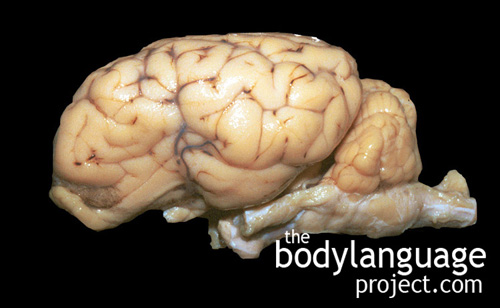It’s not a stretch to say that reading attentive and evaluative body language is a useful skill for everyone at one time or another. For teachers, attentive and evaluative body language cues are useful to read student interest and their level of active thought, for sellers it provides a gauge to the efficacy of a pitch, and to acquaintances at a social even, the level of engagement.
A presenter at a conference might want to measure his story telling skills and so might look for cues to “undivided attention”. He might therefore be interested in shortening presentation points that create fidgeting and shuffling. The salesman, on the other hand, also wants to avoid boredom, but needs to watch for evaluative gestures such as chin stroking, flared nostrils, pinching the bridge of the nose and rubbing the back of the neck to see how close he is to closing the sale and what level of decision making is at hand in his target. Does a chin stroking mean he’s already made up his mind and is mulling things over, or is he just satisfying and itch?
Naturally, as the stakes rise, so too does the importance in reading evaluative and attentive body language accurately, so it is important to keep these cues at hand. In this chapter, “attentive” refers to the level of interest expressed during an interaction whereas “evaluative” delineates indicators that a decision is in the process of being made. This chapter, while brief, covers a significant subset of the body language that happens as people are in thought, give undivided attention or lack thereof and show that they are preparing to reach a decision. We also hit on the hidden meaning of glasses, hand steepling, neck rubbing and a subset of additional evaluative gestures we might encounter in our daily lives.



